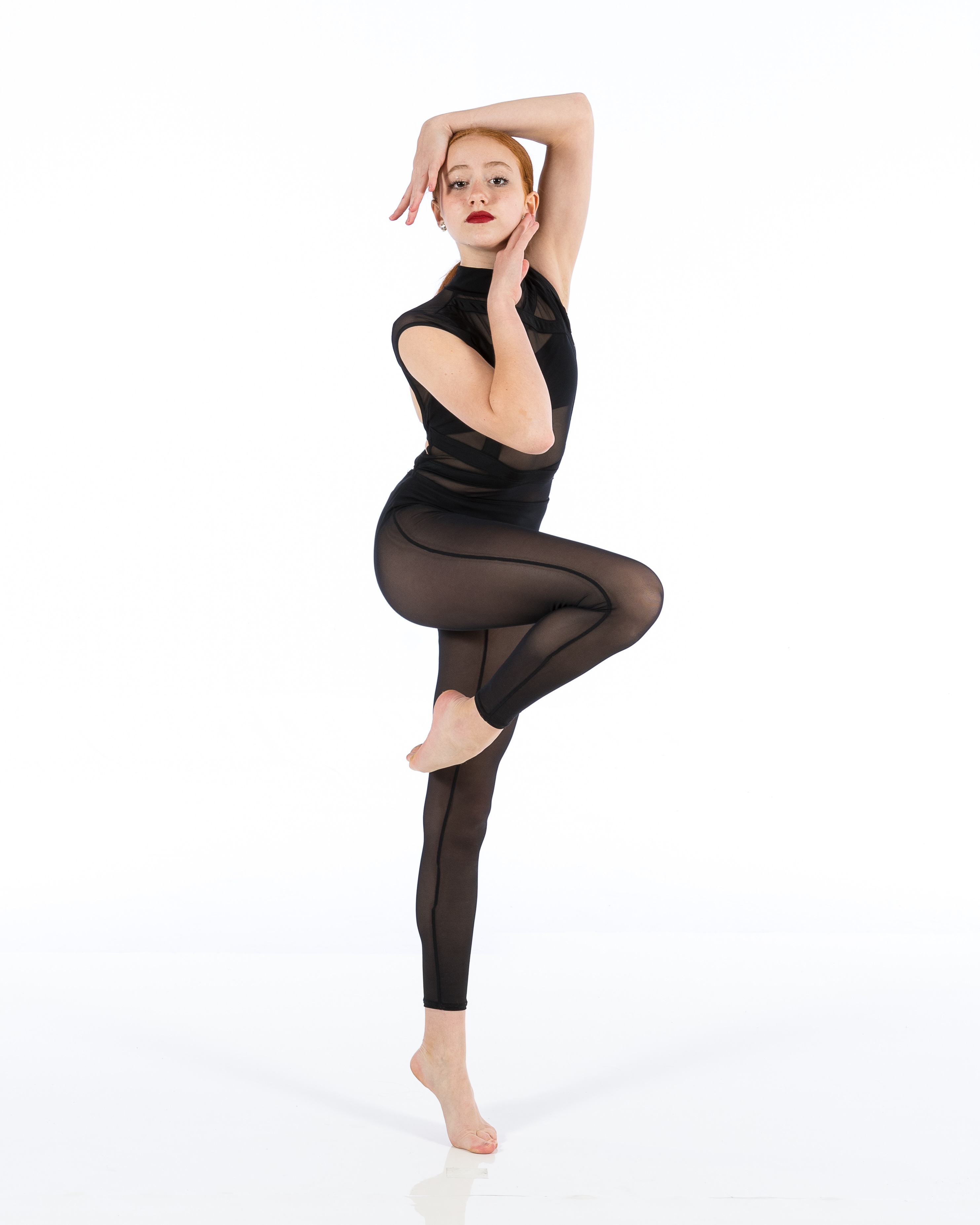Creating confident performers is essential in the world of performing arts, especially in a dance studio environment. Recitals and shows play a pivotal role in this journey, providing students with opportunities to showcase their skills while building confidence, discipline, and stage presence. This article will delve deep into how recitals and shows contribute to developing confident performers.
The Role of Dance Studios in Nurturing Talent
Dance studios serve as the breeding ground for aspiring performers. Here’s how they cultivate talent:
1. Expert Instruction
Qualified instructors possess the expertise to teach various dance styles, ensuring students receive quality training that enhances their technique and artistry.
2. Structured Learning Environment
A structured environment helps students progress systematically through levels, allowing them to master foundational skills before advancing.
3. Community Support
Dance studios often foster a sense of community among students, creating an atmosphere where everyone supports one another—essential for personal growth.
4. Performance Opportunities
Regular performances encourage students to step out of their comfort zones, helping them develop confidence over time.
What Are Recitals? Understanding Their Importance
Recitals are formal performances showcasing students’ skills acquired throughout their training. They play a crucial role in several ways:
1. Feedback Mechanism
Recitals provide immediate feedback from instructors and audience members, helping performers gauge their strengths and areas for improvement.
2. Goal Setting
Preparing for a recital gives students clear goals to work towards, enhancing motivation during classes.
3. Real-World Experience
Performing in front of an audience simulates real-world conditions, equipping dancers with skills needed for future performances.
4. Celebrating Achievements
Recitals celebrate the hard work students put into their craft, reinforcing positive self-image and boosting confidence.
How Shows Differ from Recitals: A Comprehensive Overview
While both recitals and shows provide performance opportunities, they differ significantly:
| Aspect | Recital | Show | |------------------|-----------------------------------------|------------------------------------------| | Purpose | Showcase student progression | Entertainment value | https://theindustry.blog/dance/dance-studio-unlock-your-potential-locally/ | Audience | Friends and family | General public | | Scale | Generally smaller | Can be large-scale productions | | Format | Student-centered | Professional choreography | | Cost | Usually low-cost or free | Often ticketed events |
Creating Confident Performers Through Recitals and Shows
Creating confident performers through recitals and shows requires intentional planning and execution by dance instructors. Here are key strategies:
1. Building Confidence Step-by-Step
Instructors can help build confidence incrementally by starting with small performances before progressing to larger ones.
2. Positive Reinforcement
Using positive reinforcement encourages dancers to take risks without fear of failure.
3. Incorporating Variety in Performances
Diverse performance types—like solos, duets, or group dances—allow students to explore different aspects of performing arts.
Importance of Regular Performance Opportunities in Dance Studios
Regular performance opportunities keep students engaged while fostering growth:
1. Reducing Anxiety
Performing frequently reduces anxiety associated with being on stage; familiarity breeds comfort!
2. Enhancing Stage Presence
The more you perform, the better your stage presence becomes—a vital trait for any performer!
3. Teamwork Development
Shows involving group routines teach dancers how to collaborate effectively with others.
Tips for Successful Recital Preparation at Your Dance Studio
Successful preparation can make or break a recital experience:
- Start early: Give students ample time to prepare. Choose the right music: Select pieces that resonate with the dancers. Rehearse thoroughly: Ensure every dancer knows their routine inside out. Create a supportive environment: Encourage peer feedback.
The Emotional Impact of Performing Arts on Students’ Lives
Participating in recitals has profound emotional impacts on young performers:
1. Boosting Self-Esteem
Successfully performing can lead to increased self-esteem—a priceless benefit!
2. Developing Resilience
Learning how to cope with mistakes during performances builds resilience—an essential life skill!
3. Fostering Creativity
Dance encourages creative expression; recitals allow this creativity to shine!
Creating Memorable Experiences During Recitals and Shows
Memorable experiences lead to lasting memories:
- Engage parents: Encourage them to participate actively in preparations. Capture moments: Hire photographers/videographers. Celebrate after the show: Host post-performance gatherings.
Post-Performance Reflection: A Key Component
Reflection after performances is crucial for growth:
- Discuss what went well. Identify areas for improvement. Set new goals based on experiences gained from performing.
FAQs About Creating Confident Performers Through Recitals and Shows
1) What age should children start performing?
Most dance studios offer classes starting as young as three Dance Studio Tigard years old; however, performance opportunities typically begin around age five or six when children can follow basic directions.
2) Are there specific styles that work best for beginners?
Styles like ballet or jazz are often recommended because they build foundational skills applicable across various dance forms.
3) How can parents support their child’s performance journey?
Parents can encourage practice at home while being supportive during rehearsals; attending performances also boosts morale!
4) What if my child is shy about performing?
Start small! Encourage participation in less formal settings before gradually introducing larger audiences until comfort levels increase over time.
5) Is it normal for kids to feel nervous before a performance?
Absolutely! It's natural but managing nerves through preparation techniques helps ease tension leading up to showtime.
6) How do I choose the right dance studio?
Look for qualified instructors with experience teaching children; check reviews from other parents regarding studio culture too!
Conclusion: The Transformative Power of Performance Opportunities in Dance Studios
Creating confident performers through recitals and shows is not just about dancing; it encompasses emotional growth, community building, discipline development—all key ingredients necessary for success within any artistic endeavor! By investing time into structured learning processes combined with regular performance opportunities within a supportive environment like a dance studio setting—students thrive both personally & artistically! Here's hoping you find joy watching your little stars shine on stage!
This article provides an extensive exploration into the transformative power of recitals and shows within dance studios as they strive toward creating confident performers ready to take on challenges beyond the stage!
